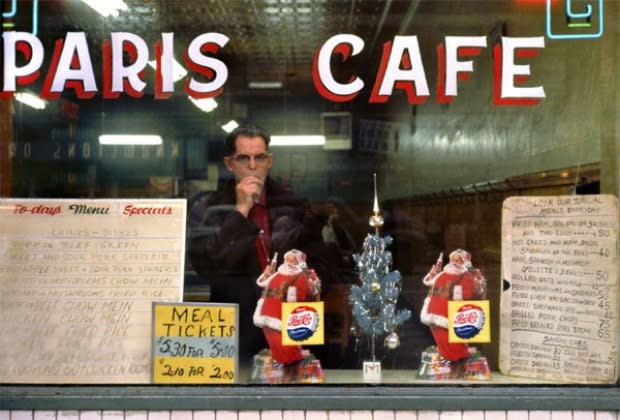Artists fear SkyTrain expansion threatens Vancouver's struggling visual arts hub
Two art galleries that have helped foster Vancouver talent worldwide face losing their home within two years.
Visual artists say that will split Vancouver's visual arts hub, already fragmented by high rents, in the area known as "The Flats."
The former Finning tractor shop at 525 Great Northern Way, where the art galleries are housed, is slated to be razed for the new Broadway SkyTrain line — and both the city and the province say there is no turning back.
But art lovers and displaced artists are making a last-ditch attempt to hold the space in the red building that is home to the Equinox and Monte Clark Galleries.
Over the years, the location has featured photographers, painters and other artists including, Fred Herzog, Gordon Smith, Jack Shadbolt, Mary Pratt, Ben Reeves, Douglas Coupland and Sonny Assu.
The galleries have to find a new home as of 2020 to make way for the Millennium Line expansion along Broadway.

The city's plan has been in place for 10 years, according to the Ministry of Transportation.
That plan was cemented in 2014 after open houses and workshops.
Relocation options are limited by a rail right-of-way and the new Emily Carr University building to the south of the property, according to the province and the city.
So the galleries must be moved, as "there is not a feasible alternative," said a ministry email.
But Equinox Gallery owner Andy Sylvester said moving Equinox seven years after it relocated from Granville Island shows a lack of vision.
"It could be a destination rather than a stop. It could be a place where people want to get out and experience something rather than glass boxes and coffee shops," said Sylvester.
Artists and local gallery owners say the Equinox is an anchor to a small enclave of visual arts galleries.
"We will survive as a gallery, but it won't be in a building that is really significant," said Sylvester.

Nancy Lanthier of the B.C. Alliance for Arts and Culture spoke about her passion for the galleries at an all-candidates meeting on arts and culture at the Vancouver Art Gallery on Monday.
"If they bring in bulldozers to tear those buildings down, I feel like I'm going to lie down in front of them and not let those bulldozers tear those buildings down," said Lanthier.
While provincial officials say they're trying to find the galleries a new spot, the odds of finding one are low. Vancouver's industrial land is in high demand.
It's a daily struggle for artists like Ilze Bebris.
"The kinds of places that artist can afford are shrinking. So, artists are being pushed here, there and everywhere," she said.
Bebris is one of about 270 art enthusiasts petitioning to save the space for the two galleries.

Bebris said the red building — featured in the New York Times — has created a "bit of a cultural precinct."
"We really don't have a cultural space in terms of visual arts in the city any longer," said Bebris, who creates masking tape drawings and larger installation pieces, often out of unusual materials.
"Granville Island has fragmented. Having places where large pieces can be shown is a huge challenge."
She fears that razing the old tractor shop erases another bit of history, creating "a very boring landscape."


With files from Zahra Premji
Read more from CBC British Columbia

